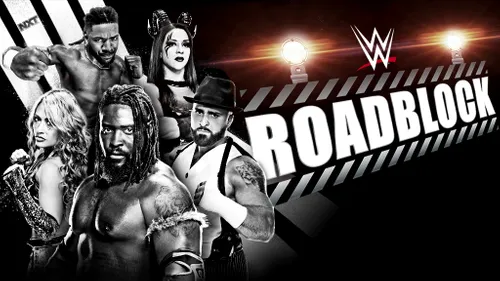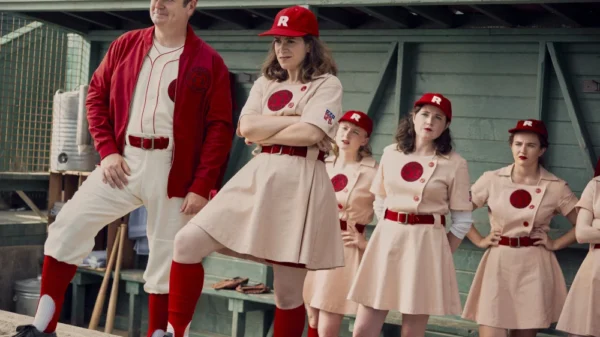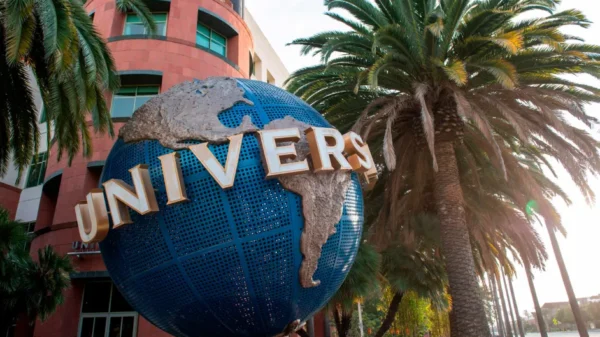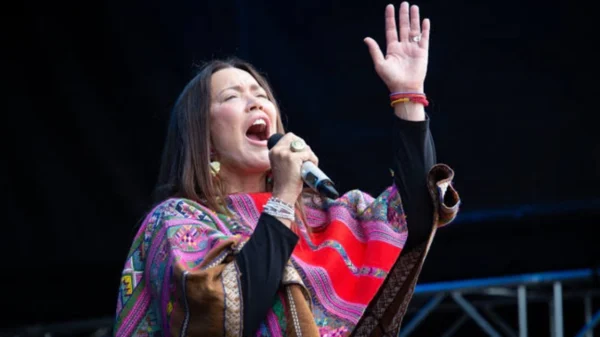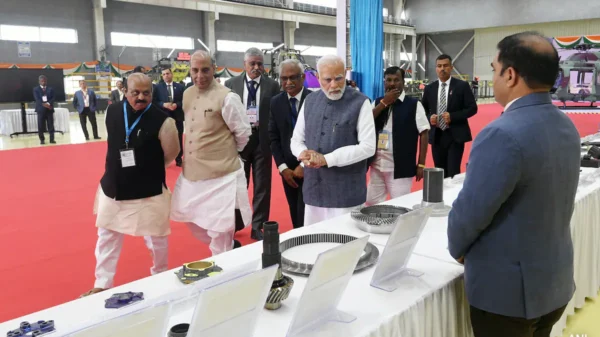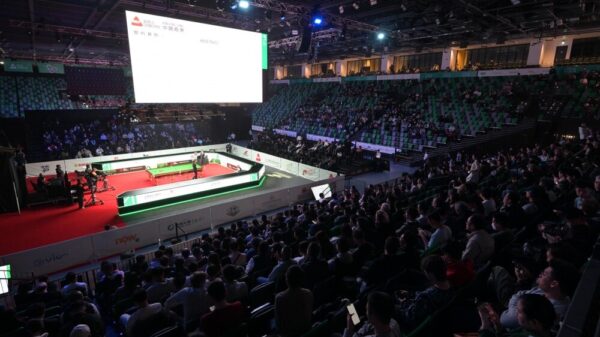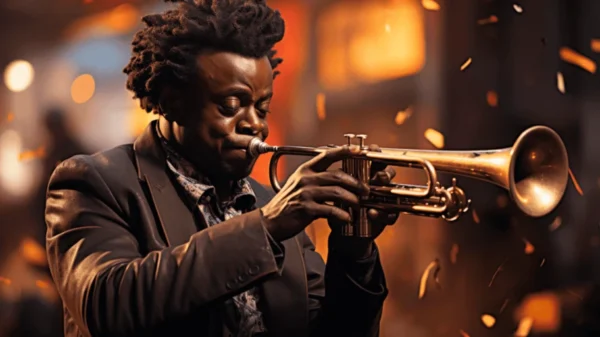The Importance of Inclusive Casting
In recent years, the entertainment industry has made significant strides towards more casting practices in film and television. This shift is driven by a growing recognition of the importance of representation and diversity on screen. Inclusive casting not only reflects the reality of our diverse society, but it also allows for more authentic storytelling and provides opportunities for underrepresented groups to be seen and heard.
Increasing Representation
One of the key goals of inclusive casting is to increase representation across all demographics. This means casting actors from a wide range of ethnicities, races, genders, sexual orientations, and abilities. By doing so, film and TV productions can better reflect the diversity of their audiences and create stories that resonate with people from all walks of life.
Furthermore, inclusive casting allows for more nuanced and realistic portrayals of characters. When actors from marginalized communities are given the chance to tell their own stories, it helps to break down stereotypes and challenge preconceived notions. This can lead to greater understanding and empathy among viewers.
Breaking Barriers
Inclusive casting also plays a crucial role in breaking down barriers and challenging industry norms. Historically, certain groups have been underrepresented or misrepresented in film and television. By actively seeking out and casting actors from these communities, the industry can help to dismantle these barriers and create a more inclusive and equitable landscape.
Additionally, casting can open up new opportunities for aspiring actors who may have previously faced limited options. By embracing diversity, casting directors can discover fresh talent and provide platforms for underrepresented voices to be heard. This not only benefits the individuals involved but also enriches the overall quality and authenticity of storytelling.
Industry Initiatives
Many industry initiatives have been launched to promote and encourage inclusive casting practices. For example, the Casting Society of America (CSA) has created guidelines and resources to help casting directors prioritize diversity in their casting decisions. The CSA’s Inclusion and Diversity Committee works to ensure that all members have access to the tools and knowledge needed to cast inclusively.
Similarly, organizations like the Geena Davis Institute on Gender in Media and GLAAD have been instrumental in advocating for increased representation of women, LGBTQ+ individuals, and other marginalized groups in film and television. These organizations conduct research, provide resources, and collaborate with industry professionals to drive change and promote more inclusive casting practices.
Conclusion
Inclusive casting is a vital step towards creating a more diverse and representative entertainment industry. By casting actors from a range of backgrounds and experiences, film and TV productions can better reflect the world we live in and tell stories that resonate with a wider audience. Initiatives and organizations dedicated to promoting inclusive casting practices have already made significant progress, but there is still work to be done. By continuing to prioritize diversity, the industry can ensure that everyone has a chance to see themselves on screen and contribute to the rich tapestry of storytelling.


